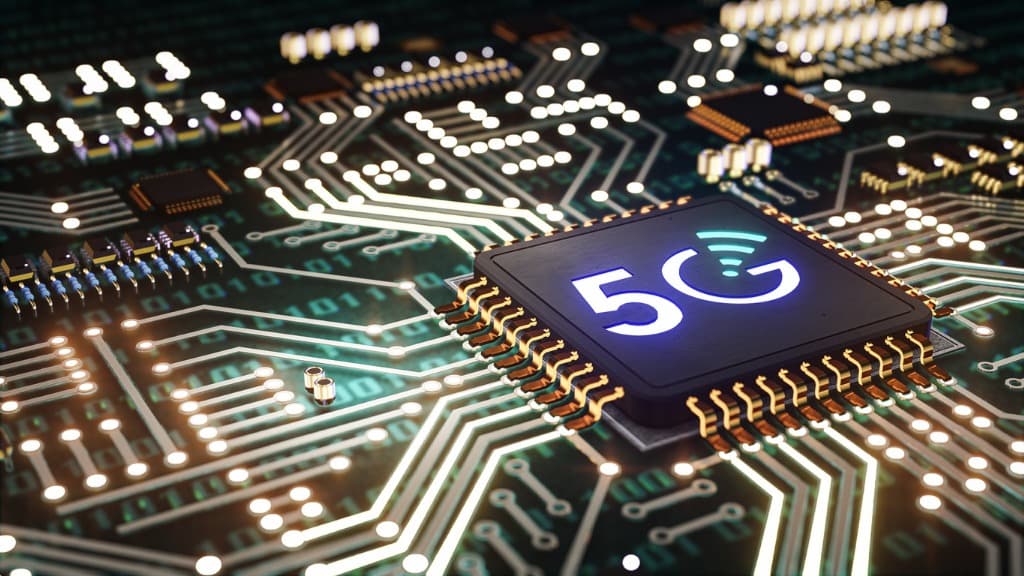5G is the name given to the latest network and mobile communications standard, which features data transmission rates of up to 20 Gb/s, a frequency spectrum of up to 30 gigahertz and low energy requirements. 5G is the successor to LTE (4G) and is currently being rolled out in Germany.
Brunel helps you find the right 5G experts
Highly qualified, ready for flexible deployment and armed with in-depth industry-specific knowledge, our experts in telecommunication network, communications engineering and IT are consummate professionals. We guarantee made-to-measure solutions for your upcoming 5G project and work with you to chart the technological course for your company. Find out more about our experts and feel free to get in touch. Click here for more information on our temporary employment, work contract and service contract offerings.
Overview of content
What technology underpins 5G?
What opportunities will arise from the use of 5G technology?
What application areas/new technologies are there for 5G?
What conditions must be met to implement 5G?
How will 5G mobile technology be integrated in the corporate landscape?
What new job profiles will 5G create?
How Brunel can help you with your next 5G project
eHealth, robotic surgery, autonomous driving, smart farming: Applications such as these represent only a tiny fraction of what 5G will make possible in the future. For many industries, the fifth generation of mobile communications therefore not only means faster data transmission, but also brings with it revolutionary transformation. Find out why and discover what lies behind the new technology.
What technology underpins 5G?
Previous wireless networks rely on central data centers. With 5G, smaller EDGE servers are gaining in importance and facilitating far more tightly meshed networks. Shorter distances thus reduce signal latency. New antenna technology, including so-called bean-forming technology, is also being used. This involves arranging 128 tiny antennas in a very small space so that each of them always uses the best-placed air interface to transmit data to the user as quickly as possible.
The most crucial difference to LTE and all previous technologies is that the number of transmitter stations is now virtually independent of population density. As a result, the network architecture is based more on small cells, and more rooftop transmitters are being built, for example. The existing infrastructure will remain in place but will increasingly be upgraded – with fiber optics and new antennas, for instance. A single 5G transmitter can serve as many as a million terminals per square kilometer.
What opportunities will arise from the use of 5G technology?
All digital communication processes, including the transfer of large data packets, will be many times faster than with all previous network standards. In concrete terms, a 100-fold increase in transmission speed compared to LTE is possible. This means that companies can communicate virtually in real time – with all the benefits that yields for processes. Less downtime for equipment, lower power consumption and less wear and tear on equipment are further possibilities, although – especially at the beginning – these are associated with challenges of a financial and technical nature. Employees also require a proper introduction to the new technology and must be informed about the opportunities and challenges inherent in 5G.
